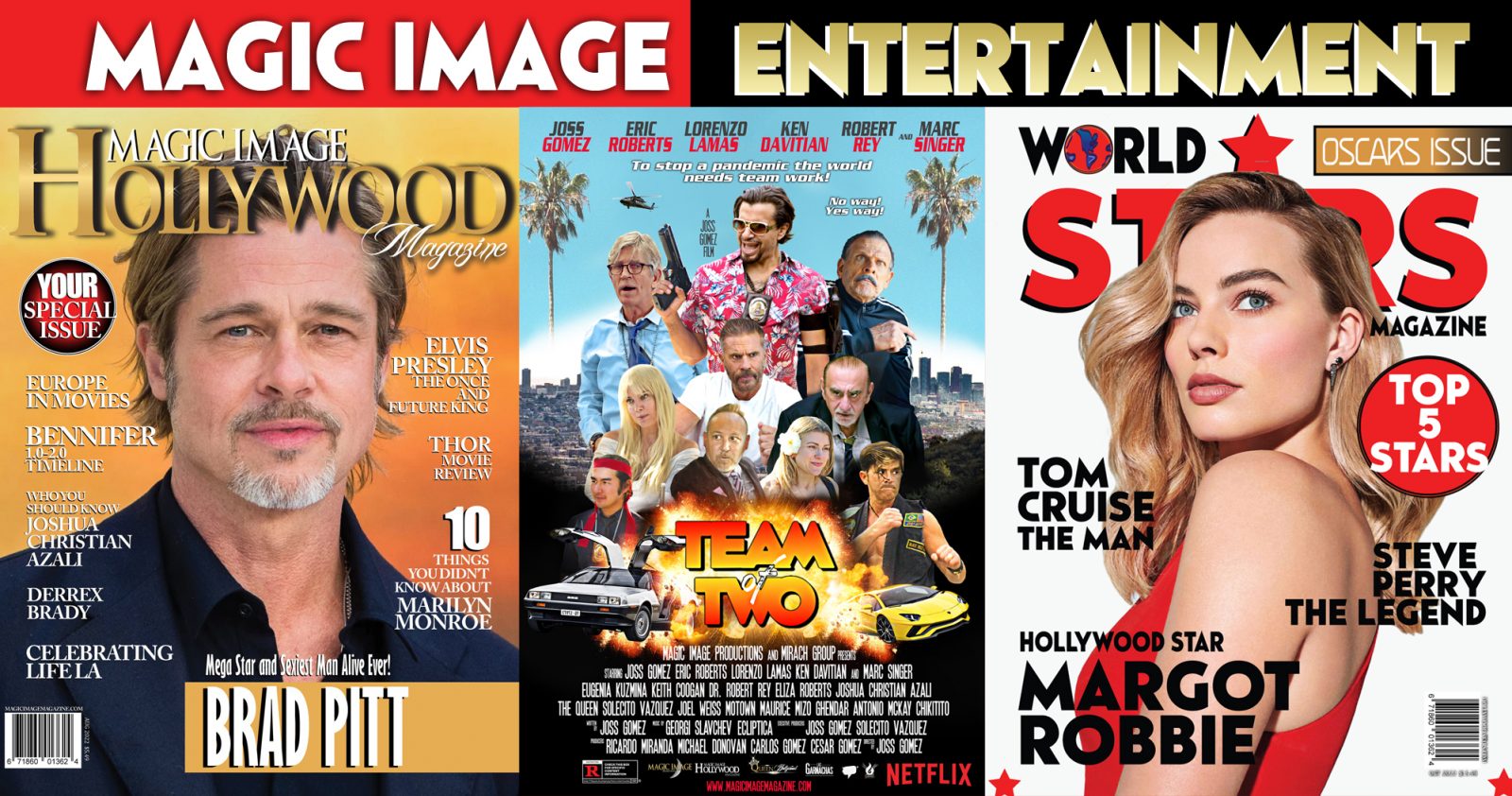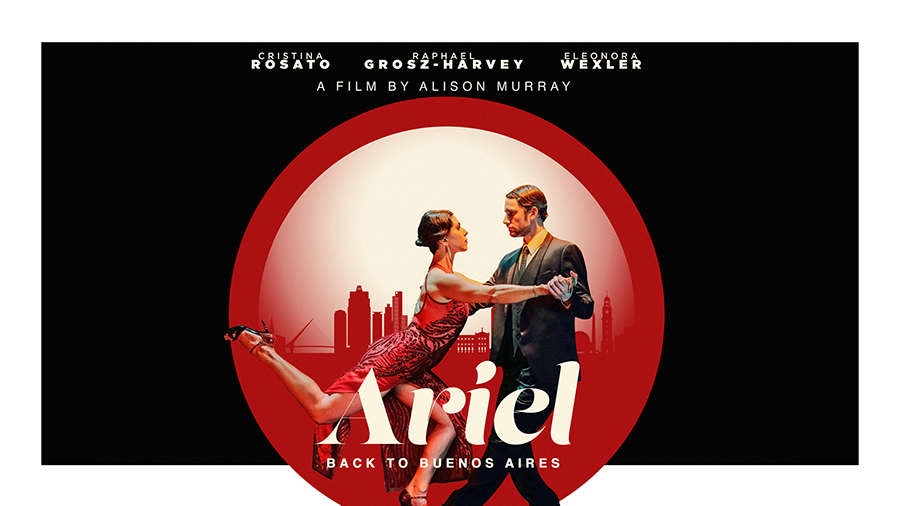Alison Murray: A Tango-Infused Filmmaker’s Journey Between Argentina and Canada.
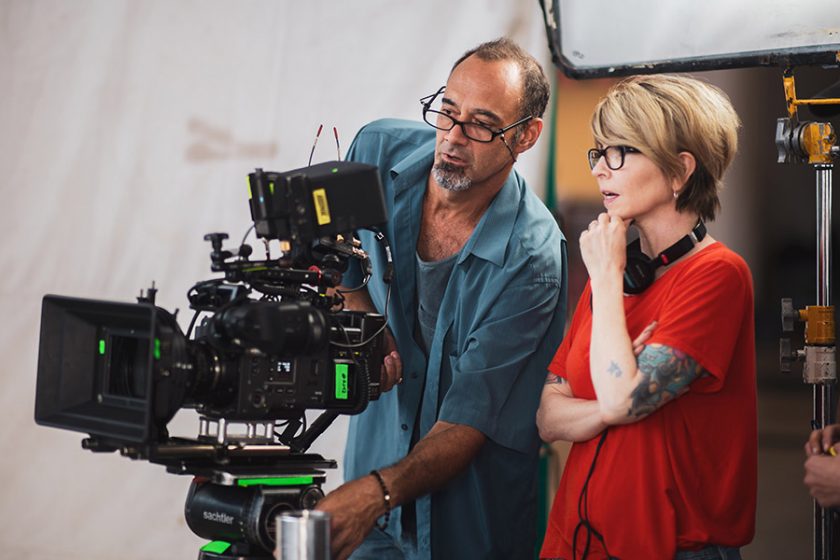
Filmmaker Alison Murray on set. Photo: Maia Micultizki.
Alison Murray, a versatile writer/director, has left an indelible mark on the independent film industry from her dual base in Canada and Argentina. Having a background in dance and film direction, she found her creative voice directing music videos in the vibrant UK scene during the 1990s. Her exceptional talent shines even brighter with a string of accolades earned through her award-winning documentaries and feature films, including “Mouth to Mouth” (2005) starring Elliot Page.
Residing in Buenos Aires for several years, Alison’s artistic journey entwined with her personal life, as she celebrated the joy of motherhood and triumphed in the Buenos Aires Tango Championship alongside her husband Carlos Boeri. A true visionary whose art knows no borders, her new feature film “Ariel Back to Buenos Aires” is being released across North America in 2023.
Your new film “Ariel Back to Buenos Aires”, what is it about?
“Ariel Back to Buenos Aires” tells the story of a brother and sister who return to Argentina, their birth country, for the first time in their adult lives. In the glamorous tango clubs of Buenos Aires, they uncover dark family secrets and the reason for their parent’s emigration.
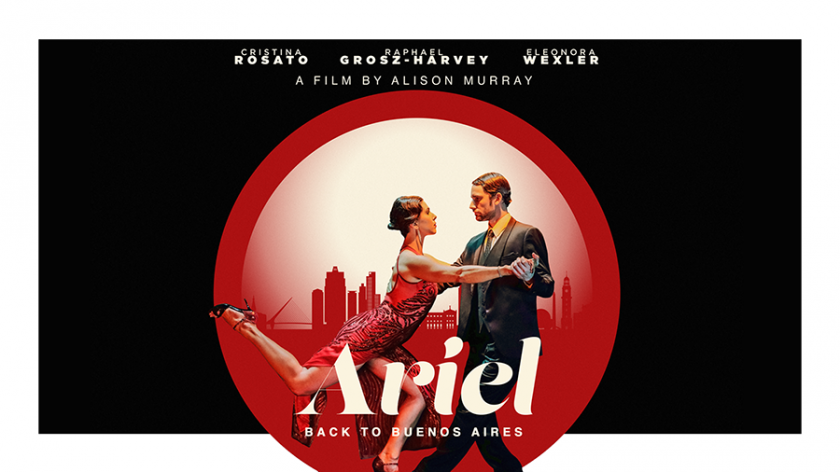
My film explores the themes of identity and family secrets, wrapping them up in the beauty of Buenos Aires and the sexiness of tango. It sheds light on the dark secrets that some immigrant families in North America carry, and exposes the terrible legacy of the appropriation of children during the military dictatorship of the late 70’s/early 80’s in Argentina.
What inspires you as a filmmaker?
I’m inspired by cities and how they have their own unique characters. Buenos Aires is the city that has given me the most inspiration in my life – it can be a loving friend or a cruel foe. I’m inspired by dance – how it transports us into another realm, how it can bridge cultural divides.
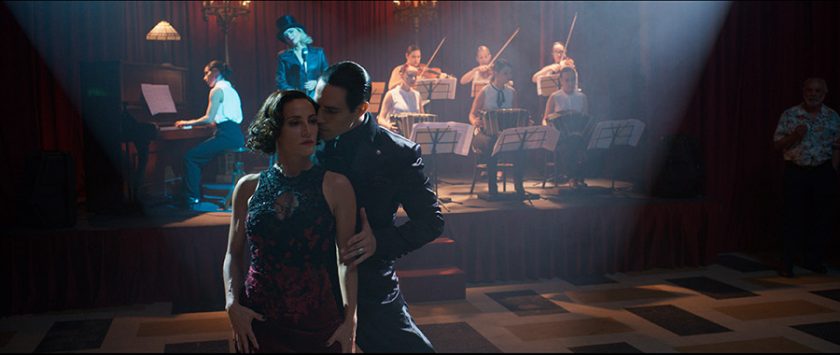
Actors Eleonora Wexler and Juan Malizia. Photo: Arauco Hernandez.
Where did the idea of “Ariel Back to Buenos Aires” come from?
Firstly, I traveled to Buenos Aires almost 20 years ago, because I wanted to learn to dance tango. I fell in love with the city and its people, and married my husband who I met dancing tango. When I was pregnant with our first child, I read about the horrors of the US backed military dictatorship in the 70s and 80s in Argentina and what happened to the pregnant women who opposed the regime, which touched me profoundly. I decided to write a script that would both be a love letter to Buenos Aires and tango, and tell the world about what happened to many Latin American countries under ‘Operation Condor’.
Not enough people know, nor do they know about how multinational corporations like Ford collaborated closely with the regime.
Why is telling this story so important to you, and why are you the best person to
tell it?
The film is a reflection not only of my personal experience as an outsider entering into the world of tango in Buenos Aires, but also my desire to show the importance of second generation immigrants knowing the history of the places their family left. The film is the expression of my 16 year love affair with Buenos Aires.
Tango has been such a powerfully positive part of my life, and I am compelled to share its beauty with others. Social dancing, particularly tango with its close embrace, has the power to heal and to enrich us emotionally, spiritually, and on so many levels.
This story matters to me personally as the mother of bicultural children born in Argentina, and as a human being. At recent screenings, I was horrified to learn from Ukrainian refugees present, that the Russian military in Ukraine are using similar tactics to those deployed by the dictatorship in Argentina, which makes me feel the urgency of raising awareness.
2023 marks the 40th anniversary of the end of the U.S. supported military dictatorship in Argentina. Time is running out to find the people who were stolen as babies from their mothers who were opponents of the regime killed by the military. Some of these babies were brought to North America, like the lead character of ARIEL BACK TO BUENOS AIRES. The “Abuelas” (grandmothers) who campaigned to find their missing grandchildren are now in their 90’s, and the clock is ticking.
What was the most challenging or unusual part about making this film?
Well we started shooting in February of 2020 and were shut down half way through production by the pandemic. We were only able to resume shooting 18 months later, by moving the production to Uruguay, across the River Plate from Argentina. Luckily Uruguay also shares a rich tango culture and we were able to recast from the talented dancers and actors there. The Covid cases had been very low there but once we were about to start shooting we found ourselves in the peak of the pandemic for Uruguay.
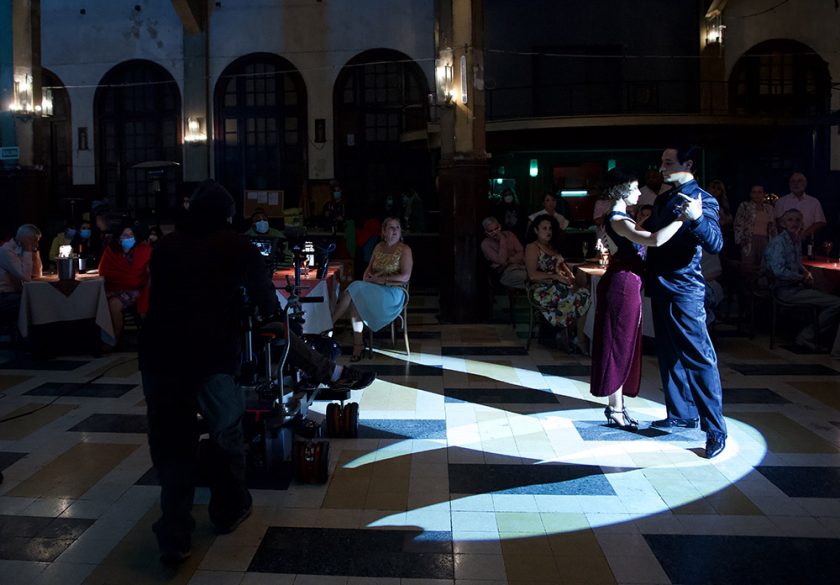
On the set of “Ariel Back To Buenos Aires”, during Covid. Photo: Irina Raffo.
Tell us about your creative process? What is unique or unusual about it?
I developed this movie over many years which gave me the time to storyboard every single shot of the movie, and we stuck very closely to this storyboard, which resembles a graphic novel of the movie.
The pandemic meant that we had to find creative ways to rehearse group dance scenes choreographers would film a sequence and send the video to the individual couples who would learn it on their own. Then the dancers only came together as a group on the day of the shoot and had maybe 15 minutes to rehearse all together.
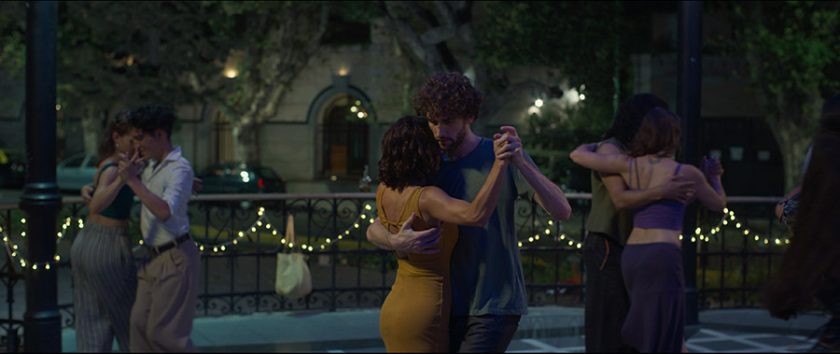
Actors Raphael Grosz-Harvey and Eleanora Wexler. Photo: Rolo Pulpeiro.
Talk to us about the theme of your film and how you would like the audience to receive and/or interpret its message?
Tango for me is an opportunity for the self to dissolve temporarily into another person and then reform, which is what it does for my central characters, the brother and sister Davie and Diana. This film explores the human embrace – the power and significance of a hug returned, rejected, desired, misunderstood – between siblings, between parents and children, between dancers, between lovers.
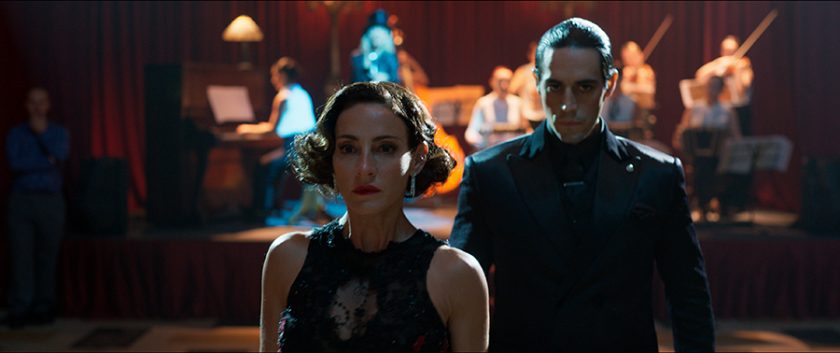
Actors Eleonora Wexler and Juan Malizia. Photo: Arauco Hernandez.
This film is about a journey, but as Argentinian writer Borges says, “a journey is always more than just a physical journey, and in this case it’s a journey into the self”. For the protagonist Davie, it’s a journey of discovery of his identity.
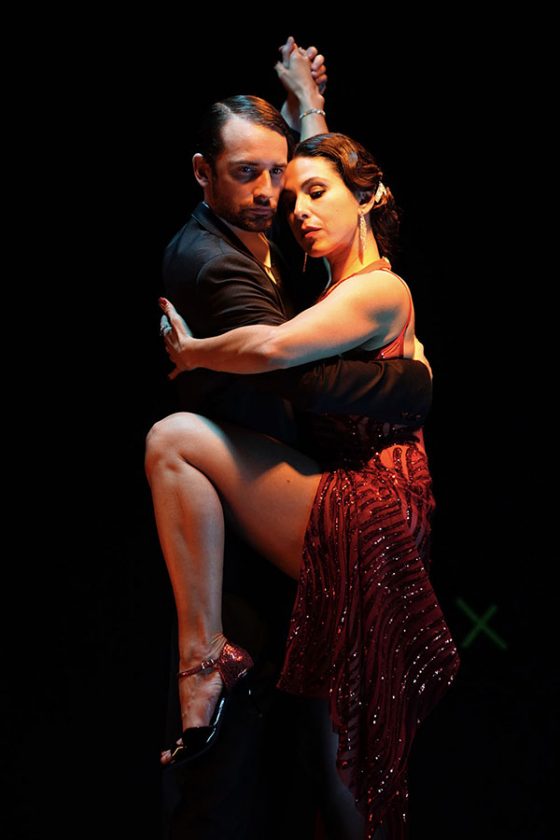
Lead actors: Raphael Grosz-Harvey and Cristina Rosato. Photo: Irina Raffo.
Sibling relationships are intense – the shared history, the familiarity, the conflicts and tensions we carry with us into adulthood. And what happens when the foundations of that history crumble?
The military regime in Argentina forcibly removed babies and children from women who were tortured and killed. These children were given to supporters of the regime to raise as their own, concealing their true identities. The forced removal of identity has profound implications for us as a society. These children are now adults and many are rebuilding their lives after discovering the truth.
These illegal adoptions had a ripple effect around the world as people who moved away from Argentina during those tumultuous times of upheaval discovered the true reasons for their families’ migration.
At the heart of this film is the revelation of truth, both personal and political. The past holds us in its embrace and we must face it to free ourselves.
Tell us about how you were able to change the rules for tango competitions in Argentina.
Along with my husband Carlos Boeri, we have competed in the Buenos Aires Tango Championship. In 2011, the rules of the competition were changed to exclude foreigners.
My husband is a lawyer in Argentina, and was well aware that the constitution of the country protects the rights of all residents, not just citizens. Therefore we mounted a court case and the judge found in our favor, meaning that the competition allowed us to participate. Subsequently, they also removed the restrictions against same sex couples and the whole event became much more inclusive. Finally, in 2014 we took first place in the competition and won!
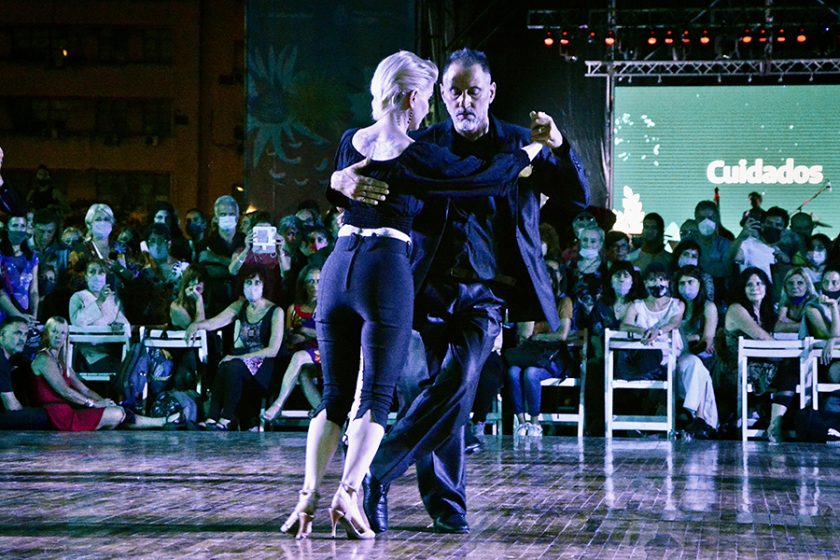
Alison Murray and Carlos Boeri performing tango in Buenos Aires in 2022. Photo by Cami Boeri.
Tell us about your lead actors. What is special about them and why did you want to work with them? Tell us about collaborating with them.
I didn’t know it at the time when I cast them, but lead actors Cristina Rosato and Raphael Grosz-Harvey have been friends for years, both coming out of the Montreal acting scene.
Some people tried to tell me I had to cast “Latino Canadians” for the roles, but I find it odd to lump all people of Latino heritage together into one category as if they are interchangeable. Cristina Rosato, with her Italian heritage, feels much more Argentinean to me than some from say, Mexico or Costa Rica. Argentina has a massive population of Italian immigrants. And of course Cristina is a very talented and generous performer.
Raphael had the vulnerability and spark we were looking for for our lead, Davie. Also physically he just looked exactly as I imagine the character, which never hurts!
We had a great time training Raphael and Cristina in tango. They started learning months before we shot.
I also had the luxury of working with three of Argentina’s finest screen actors – Eleonora Wexler, Cristina Banegas and Gerardo Romano, all veterans of the screen who had the new challenge of working in English for the first time.
What’s next for you? Talk about your next project and where you’re at right now.
I have just signed with an agent, and a manager in LA. When I graduated from film school many years ago, I was approached by agents offering me representation, but I turned them down, believing I was a true Artist whose work would be cheapened by entering ‘the industry’. Now I am really happy and excited to have a team working with me to advance my career.
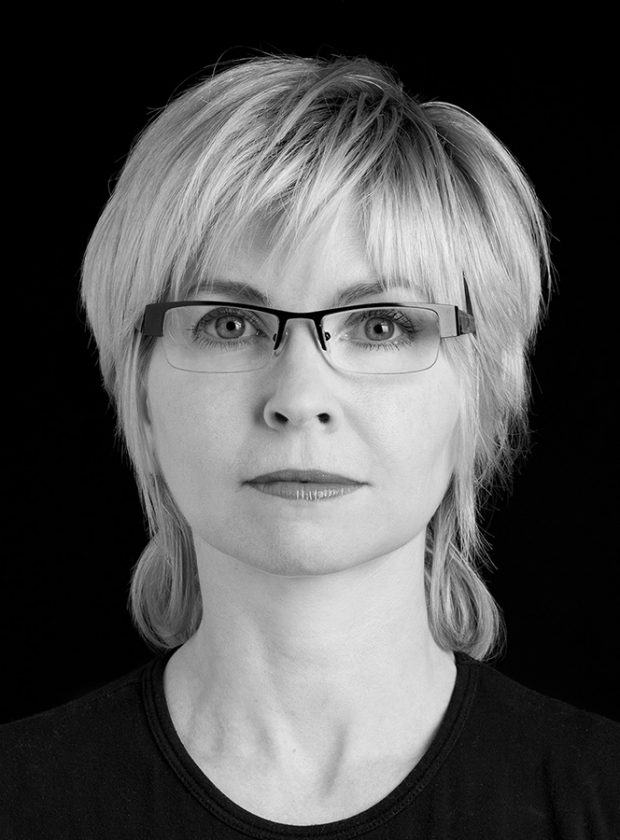
Alison Murray, filmmaker. Photo by Hernan Brusa.
I have a wonderful script by Canadian Metis writer Joadie Jurgova, that we are working to get into production. It is a female-centric thriller, set on the prairies, about a lonely woman married to a domineering cop husband. She falls in love with a convicted felon through a church letter writing program, and when the criminal escapes from prison and comes looking for her to shelter him, she is caught between two violent men. It has kind of a Thelma and Louise vibe, except maybe just Thelma, as it’s just one character.
What are you still looking for?
I would love to see women reach parity with men in the film industry. We are grossly underrepresented still, although we are out of fashion as an equity seeking group. I don’t want to seem like a complainer, but my male contemporaries who I came up with, whose careers were not slowed down by maternity for example, have left their women peers in the dust. The statistics are crazy, if you take a look at the documentary This Changes Everything produced by Geena Davis, you can see empirically how women continue to be left behind as storytellers and directors.
What is the one question journalists never ask you but that you are dying to answer? Go for it!
How many pairs of tango shoes do I own? -Twenty five.
To know more about the work of Alison Murray:
www.TheHellhound.com
www.ArielTangoMovie.com
